
Essential Class 3 eBike Maintenance Tips: Keep Your Ride Smooth and Safe
Introduction – Setting the Stage for Safe, Smooth Rides
Class 3 eBikes are taking urban commuting by storm. These bikes provide high-speed pedal assist with a maximum assisted speed of 28 mph. This article addresses why dedicated maintenance for Class 3 eBikes is essential for safety and long-lasting performance.
Regular maintenance boosts reliability and keeps rides smooth. Proper care of these high-powered machines reduces unexpected breakdowns. Readers will discover routine maintenance tasks, advanced strategies, and troubleshooting tips for class 3 ebikes.
This guide is grounded in first-hand industry experience and expert insights. We explain cleaning and inspection, battery care, tire and brake maintenance, and drivetrain lubrication. The content also covers firmware updates, preventative measures, and a structured maintenance schedule.
By following these Class 3 eBike maintenance tips to keep your ride smooth and safe, you will confidently enjoy your daily commute. Let's dive into the essential steps and expert advice to optimize your bike's performance and longevity.
Understanding Class 3 eBikes and Their Unique Maintenance Needs
Class 3 eBikes are distinguished by their motor power, supercharged battery capacity, and ability to sustain speeds up to 28 mph. They are engineered for longer journeys and more rigorous daily use. Their enhanced performance demands a maintenance approach that accounts for higher component stress and faster wear.
Key Features of Class 3 eBikes
These bikes incorporate motors ranging from 250W to 750W, designed to offer rapid acceleration and sustained power. Higher battery capacity and advanced cooling components are common to manage longer rides. Due to high power output, every component—from the drivetrain to the wiring—is subject to accelerated wear if not regularly maintained.
Components such as motors, cables, and battery connectors must be inspected more frequently than on lower-class models. Regular maintenance routines ensure that dirt and debris do not impair the electrical systems. This focus on cleanliness improves the lifespan and performance of your high-speed Class 3 ebikes.
Differentiating Class 3 from Other eBike Classes
Unlike Class 1 or Class 2 models, Class 3 ebikes are built with enhanced safety measures and reinforced components. They prioritize urban commuting, which requires rigorous adherence to maintenance routines to balance speed and safety. Compared to Class 1 and Class 2 bikes, the wear and tear on Class 3 systems are greater due to higher speed limits.
Legally, Class 3 ebikes follow stricter regulations. For further details on regulatory requirements, refer to the US eBike Regulations Guide. These regulations emphasize the need for meticulous upkeep and timely maintenance to uphold riding safety. The advanced technology integrated into class 3 ebikes demands that maintenance routines are not only frequent but also highly detailed.
Essential Maintenance Routine for Class 3 eBikes
A comprehensive routine is key to keeping your Class 3 ebikes operating at peak performance. These maintenance tips are designed to keep your ride smooth and safe. The following sections detail actionable steps that can be implemented immediately.
Cleaning and Inspection
Regular cleaning is the cornerstone of effective maintenance for any bike, especially a Class 3 model. Dirt, dust, and road grime accumulate quickly, and if left unaddressed, they can cause premature wear. A systematic cleaning routine preserves delicate electrical components and moving parts.
Follow these steps for cleaning your bike:
-
Use a gentle brush or soft cloth to remove loose dirt.
-
Rinse lightly using water without high-pressure sprays.
-
Dry thoroughly with a clean towel to avoid moisture buildup.
Below is a recommended cleaning checklist:
| Task | Frequency | Tools/Products |
| General frame cleaning | Weekly | Soft cloth, bike-specific soap |
| Motor and battery bay cleaning | After every ride | Soft brush, mild detergent |
| Inspection of bolts and wiring | Weekly | Visual check, flashlight |
| Cleaning of drivetrain components | Weekly | Degreaser, soft brush |
-
In particularly muddy or wet conditions, consider cleaning after each ride.
Inspect your bike regularly to spot early signs of wear or damage. Check for loose bolts, frayed wires, and dirt accumulation around motor housings. For detailed steps on inspection, refer to the Family Handyman E-bike Checklist.
A well-documented inspection routine can prevent small issues from becoming major failures. Noticing slight abrasions or unusual noises early increases the lifespan of your ebike. Regularly log maintenance activities to monitor recurring issues.
Battery Care and Storage
Battery maintenance is critical because it is the heart of your Class 3 ebike. Recharge only with the manufacturer's charger to avoid risks associated with overcharging. This helps in preserving battery life and safely storing the battery when not in use.
Best practices for battery care include:
-
Avoid overcharge by disconnecting once fully charged.
-
Prevent deep discharge by keeping the battery above the recommended threshold.
-
Use a smart charger that optimizes the charging cycle.
When it comes to storage, keep the battery in a cool, moderately dry environment. Ideal storage temperatures are typically between 50°F and 77°F (10°C and 25°C). This temperature range prevents thermal stress and prolongs battery longevity.
Monitoring the battery cycle is also essential. Aim for a cycle count that balances performance with longevity, typically around 300 to 500 full cycles. Numerous manufacturers suggest recharging the battery when it reaches about 20-30% capacity to extend its life.
Data supporting proper battery storage and charging practices should be taken seriously. For instance, storing a battery in extreme temperatures can reduce its capacity by as much as 20-30% over time. Adopting a disciplined battery cycle management approach enhances both safety and performance.
Tire and Brake Maintenance
Keeping tires and brakes in optimal condition is non-negotiable for a smooth and safe commute. Regularly checking tire pressure ensures a steady ride and prolongs tire life. Inspect tire tread for signs of wear or punctures and replace them when necessary.
Steps to maintain tires:
-
Check pressure at least once a week.
-
Use a reliable pressure gauge for accuracy.
-
Inspect tread depth and replace tires if the tread is worn out.
Brake maintenance is equally critical. Inspect brake pads regularly for wear, as worn pads can compromise safety. Ensure the braking system is responsive and adjust cables or bolts as needed.
Below is a checklist for tire and brake maintenance:
| Component | Task | Frequency |
| Tire Pressure | Check using a pressure gauge | Weekly |
| Tire Tread | Visual inspection | Weekly |
| Brake Pads | Examine for wear or damage | Monthly |
| Brake Adjustment | Test brake response | Monthly |
| General brake system | Clean debris and lubricate hinges | Monthly |
Using a list like this reinforces a habit and makes it easy to spot any lapses. Always ensure that both tires and brakes are in prime condition before embarking on long trips. Safe stopping power and optimal tire performance are integral to maintaining overall safety.
Lubrication for Chain and Drivetrain
A well-lubricated chain and drivetrain prevent unnecessary friction and corrosion. Using high-quality, bike-specific lubricants reduces wear and ensures a responsive ride. Follow manufacturer recommendations regarding the frequency of lubrication for best results.
Steps for proper lubrication:
-
Clean and dry the chain thoroughly before applying lubricant.
-
Use a drop per link to avoid over-lubrication.
-
Wipe away excess lubricant to prevent attracting dirt.
First-hand experience indicates that a monthly lubrication routine works best under normal riding conditions. In wetter or dustier environments, lubricate the chain more frequently. This simple step reduces friction and minimizes the risk of rust and premature wear.
For many riders, the choice of lubricant can be the difference between a smooth, consistent ride and messy chain slippage. Leverage the advice of experienced technicians: always choose lubricants developed specifically for bicycles and ebikes. Even a small lapse in care can lead to increased maintenance costs over time.
Advanced Maintenance Tips and Unique Strategies
Beyond the basic routine, advanced maintenance offers further longevity and performance benefits. These unique strategies equip you with expert-level insights to handle delicate and high-tech components. The following sections highlight technological and preventative approaches to maintenance.
Firmware Updates and Software Maintenance for Smart eBikes
Many modern Class 3 ebikes incorporate smart technology and connectivity. Firmware updates are crucial for optimizing performance and safety. Manufacturers often release updates to address bugs or enhance battery performance and sensor accuracy.
Maintain a process for checking for firmware updates:
-
Connect your bike to its dedicated app or diagnostic tool.
-
Verify if there are any available updates recommended by the manufacturer.
-
Apply updates following manufacturer instructions carefully.
Data shows that regular firmware updates can improve battery efficiency by up to 10%. Manufacturers may recommend updates every few hundred miles or at least once per riding season. Keeping your bike's software up-to-date ensures optimal motor control and safety features.
This approach to software maintenance illustrates how modern technology integrates with traditional bike care. Regular updates can resolve subtle issues such as sensor misreadings or motor noise. Expert technicians often recommend using third-party diagnostic tools to supplement routine firmware checks.
Preventative Measures for Long-Term Care
Preventative maintenance is about more than cleaning and lubricating. It involves establishing a regular log to anticipate wear before it becomes a critical issue. A maintenance log proves invaluable and simplifies future troubleshooting.
Consider these unique yet practical strategies:
-
Use diagnostic tools that flag minor irregularities in motor performance.
-
Monitor battery performance using third-party monitoring apps.
-
Periodically check for unusual vibrations or motor noises that could indicate internal issues.
Scheduling preventative check-ups, even if all appears normal, is often the best approach. Many experts advise a full system diagnostic every six months, especially if the bike is used daily. This proactive strategy minimizes downtime and unexpected failures.
A systematic preventative approach may include tracking mileage, battery cycles, and even seasonal changes. Documenting every check-up builds a record that aids in addressing any recurring issues. Consider this preventative mindset as the backbone of extended bike life and maximum safety.
Troubleshooting Common Issues
Even with rigorous maintenance, issues may arise. This section provides guidelines to help diagnose common problems and decide when to undertake DIY fixes. Recognition of early symptoms ensures that problems are resolved before escalating.
Recognizing Early Warning Signs
Unusual signs can be a critical indicator that maintenance is overdue or a component is failing. Listen carefully for abnormal sounds from the motor or drivetrain. Vibrations or performance drops indicate potential issues needing prompt attention.
Monitor battery performance; a decline in range or slower charging times can signal battery fatigue. Unusual motor noises, such as grinding or squeaking, may indicate misalignment or debris interference. Early detection of these symptoms can prevent more severe damage over time.
Often, riders notice subtle changes before any critical failure. Keep a simple checklist of symptoms and record any observations after each ride. This documentation can significantly aid in troubleshooting and clarifying when professional help is necessary.
DIY Fixes Versus When to Seek Professional Help
Certain minor issues can be addressed at home with basic tools and a little patience. Routine tasks like tightening bolts and lubricating the chain are easily handled on your own. Use your maintenance checklist to decide which tasks to perform and when to call in an expert.
DIY fixes are suitable for cleaning, chain adjustments, and brake pad replacement. If persistent issues like irregular motor noise or electronic sensor errors occur, professional help is required. Complex diagnostics, especially after firmware updates or internal motor issues, should be handled by certified technicians.
Below is a quick decision chart for troubleshooting:
| Issue | DIY Fix Recommended? | When to Seek Professional Help |
| Squeaky or loose chain | Yes – Lubricate and re-tighten if needed | If noise persists or chain skips unexpectedly |
| Decreased battery performance | Yes – Clean contacts and check charger | If charging issues or range drops severely |
| Unusual motor vibrations or sounds | Monitor initially – check for debris | Seek professional diagnostic if recurrent |
| Inconsistent sensor readings | Yes – Reboot firmware after update | If firmware update does not resolve issues |
Maintaining a simple record of issues and fixes builds good troubleshooting habits. This record lets you determine if a recurring issue is worsening over time. Non-experts should never attempt complex electrical repairs to avoid voiding warranties or causing further damage.
Creating a Regular Maintenance Schedule
A structured maintenance schedule is invaluable for consistency and safety. It helps ensure that no important task is overlooked. Using a calendar-based approach enables timely inspections and servicing.
Consider structuring your maintenance schedule as follows:
| Frequency | Tasks |
| Daily | Quick visual check, tire pressure inspection |
| Weekly | Complete cleaning, chain lubrication, general inspection |
| Monthly | Brake checks, detailed drivetrain cleaning, firmware check |
| Quarterly | Battery performance and storage review, motor inspection |
| Annually | Professional diagnostic and comprehensive overhaul |
This table offers a bright, clear guide to keep your Class 3 ebikes maintained with regularity. A printed sheet or app-based reminder can significantly reduce the likelihood of missed tasks. Consistent adherence to this schedule ensures that the bike remains safe and performs efficiently.
Setting aside time each week to perform these checks transforms maintenance from a chore into a habit. A well-maintained bike is not only safer but performs at its best, keeping rides both smooth and reliable. Documented schedules also provide peace of mind, knowing that every aspect of your ebike's performance is noted.
Conclusion and Final Insights
Routine maintenance is essential for keeping Class 3 ebikes safe and efficient. Key tasks include cleaning, battery care, tire and brake checks, and proper lubrication. Employ advanced strategies like firmware updates and preventative diagnostics for enhanced longevity.
Keeping a maintenance log ensures each task is completed regularly. These Class 3 eBike Maintenance Tips to Keep Your Ride Smooth and Safe are designed to help riders confidently tackle everyday upkeep. Let's keep our rides smooth and safe by staying proactive and consistent in our maintenance routines.
FAQs
-
Q: How often should I clean my Class 3 eBike?
A: Clean your eBike weekly, with motor and battery bay cleaning after each ride in muddy conditions.
-
Q: What's the ideal temperature range for storing my Class 3 eBike battery?
A: Store your battery between 50°F and 77°F (10°C to 25°C) to maintain optimal performance and longevity.
-
Q: How frequently should I check tire pressure on my Class 3 eBike?
A: Check tire pressure at least once per week to ensure safe riding at high speeds.
-
Q: When should I update my Class 3 eBike's firmware?
A: Check for firmware updates every few hundred miles or at least once per riding season.
-
Q: What maintenance tasks can I DIY versus seeking professional help?
A: DIY tasks include cleaning, chain lubrication, and basic brake adjustments. Seek professional help for motor issues and complex electrical problems.



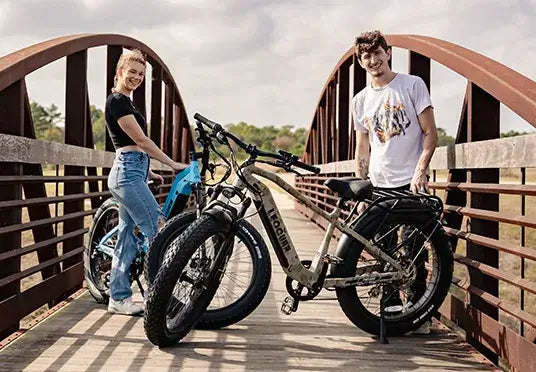
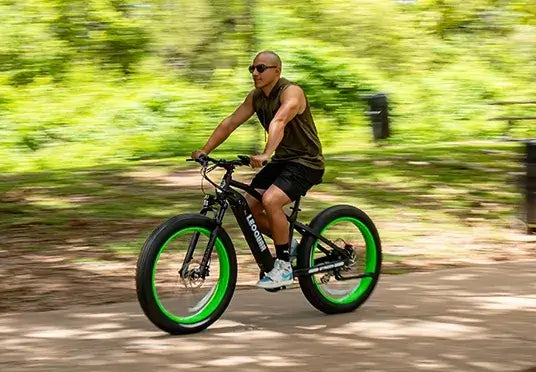


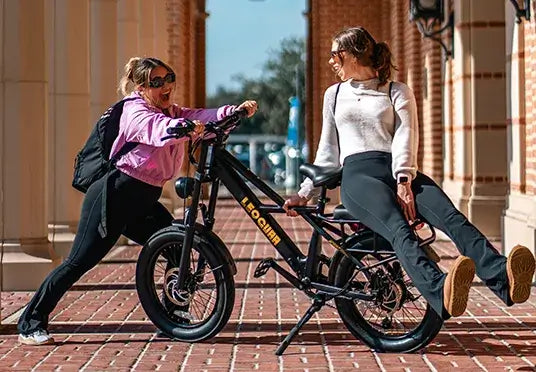
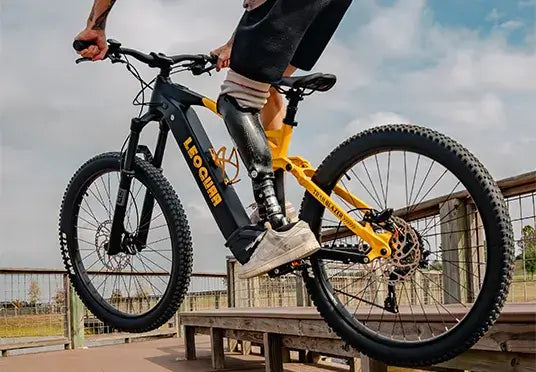
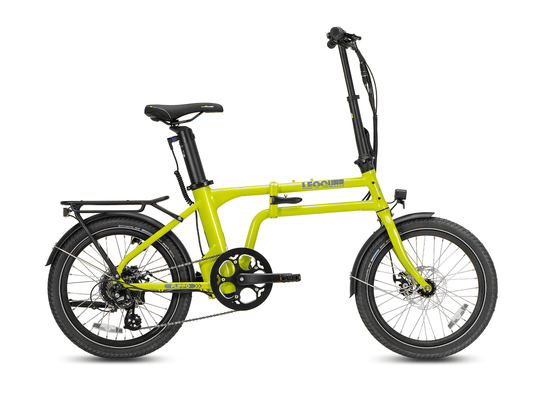
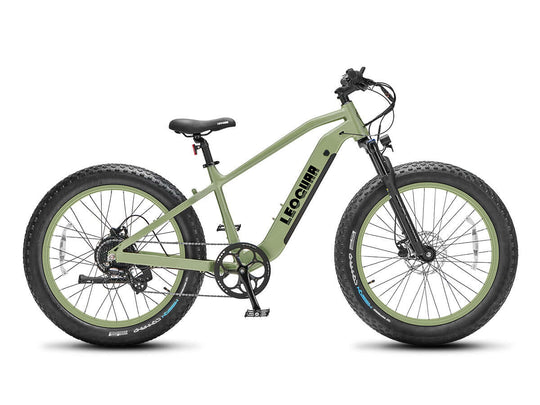
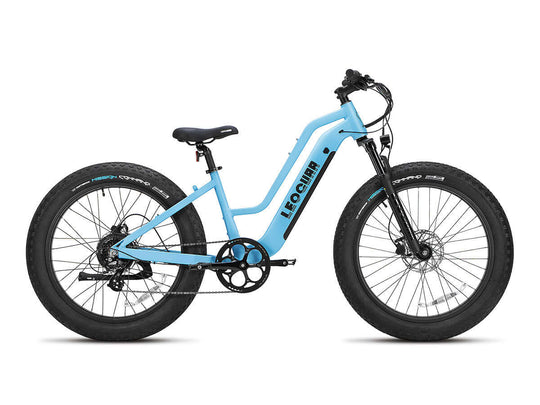
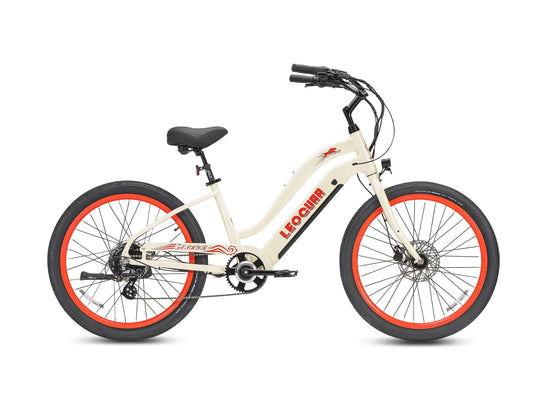
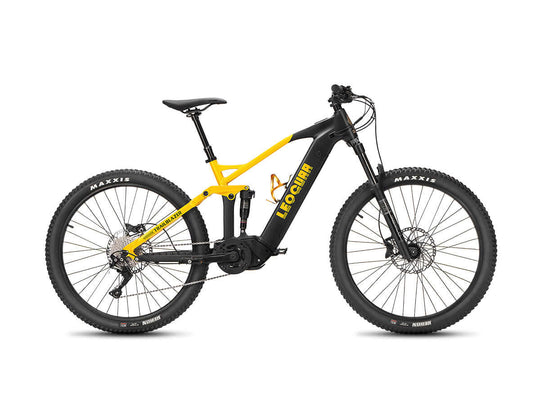
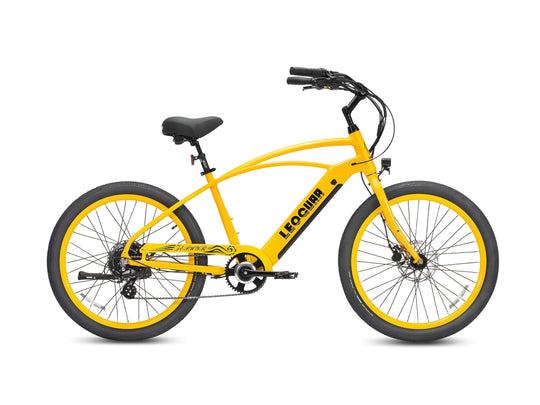
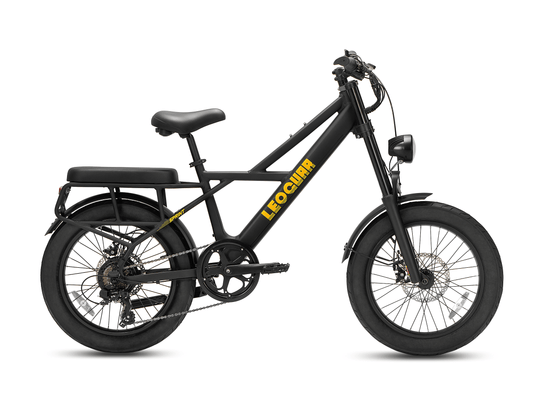

















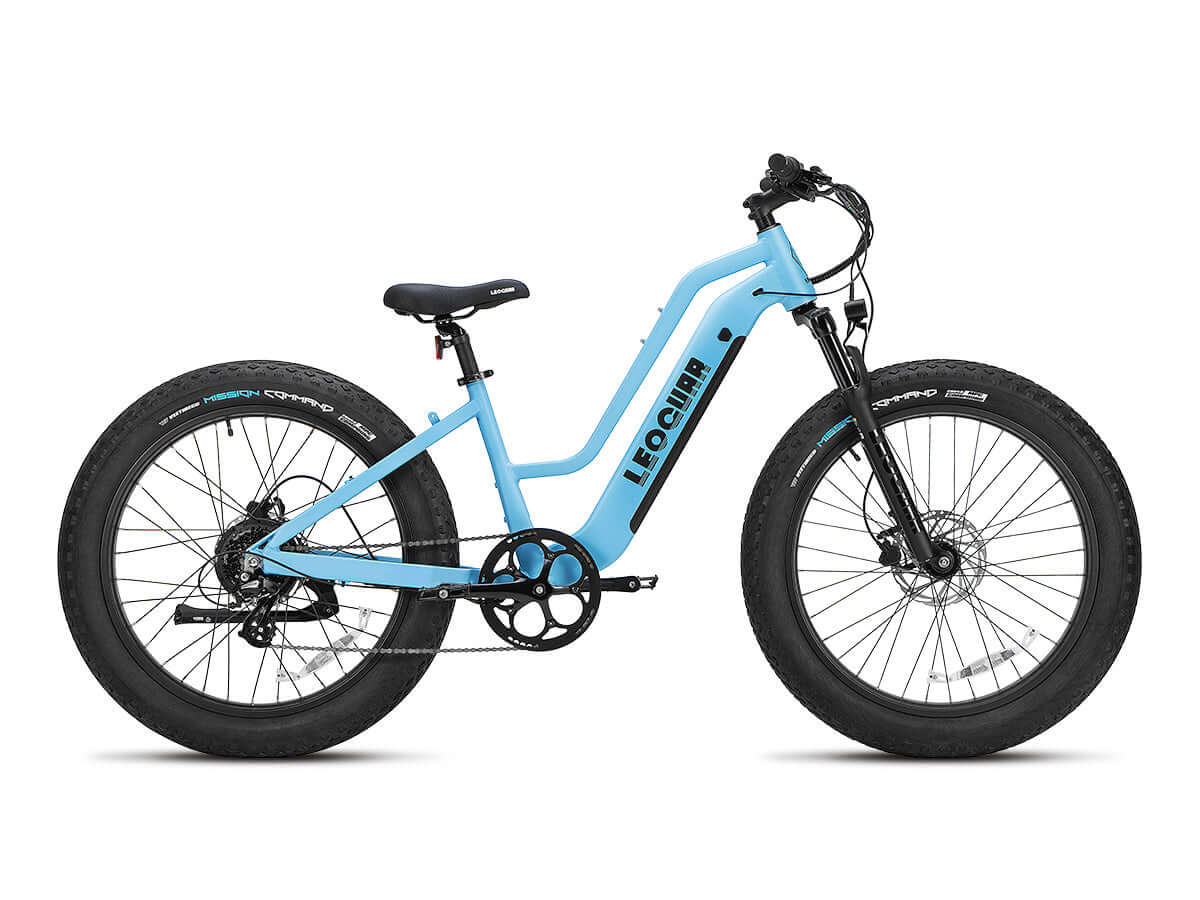








Leave a comment